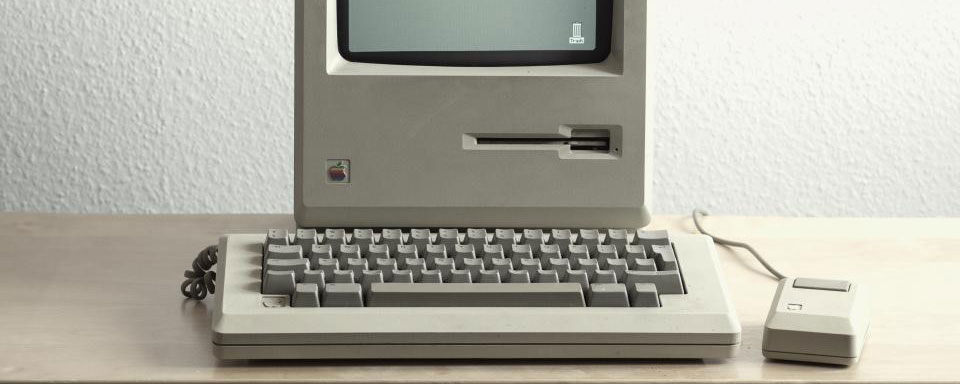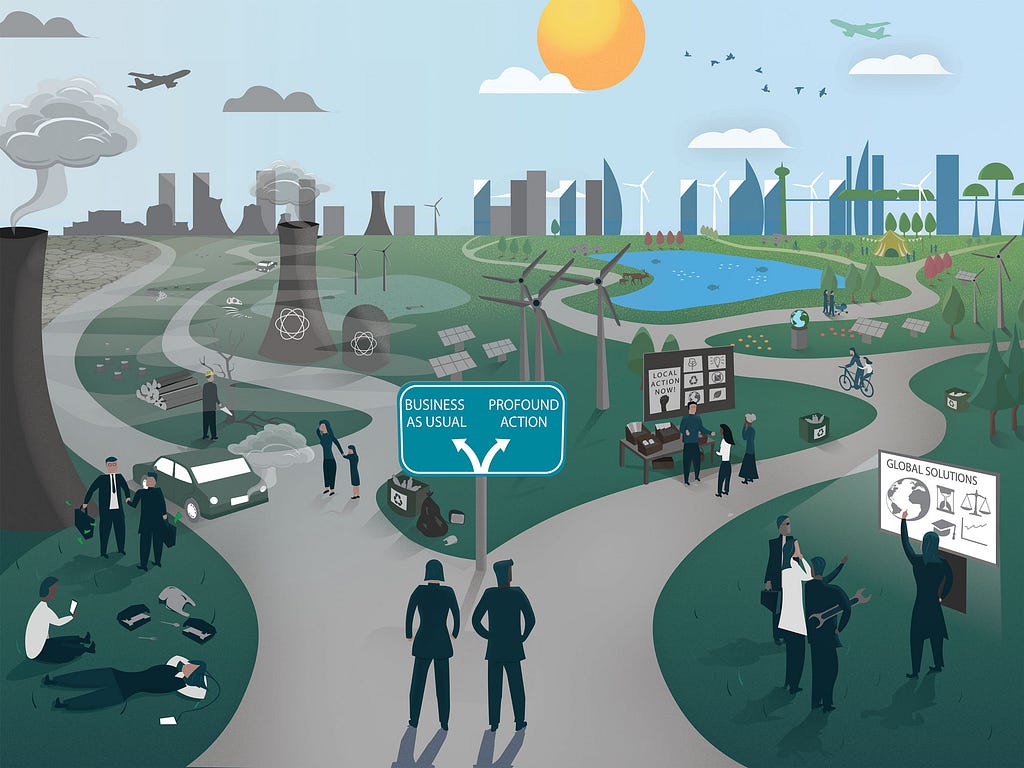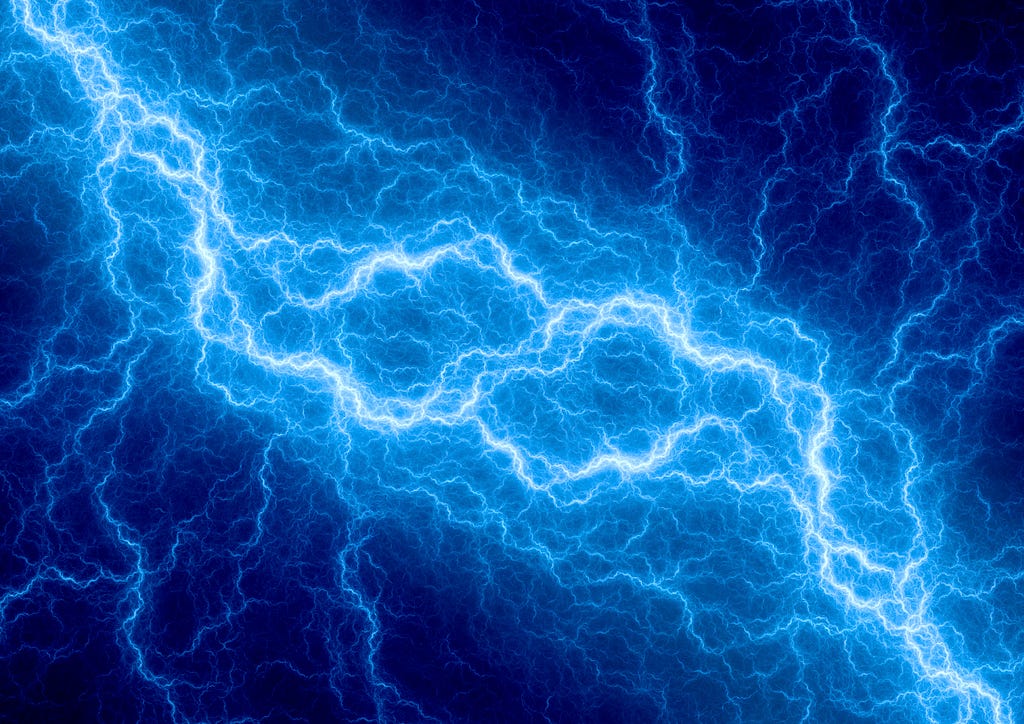The Changing Dynamics of the Energy System

Renewable energy costs continue to fall, making renewable energy more efficient than coal in many markets. This creates a transformational tipping point, opening the way for exciting changes in the energy system as a whole.
Electricity generated by onshore wind turbines is now cheaper than coal in a number of key markets. A recent Bloomberg New Energy Finance (BNEF) report has revealed that the average cost of wind is significantly lower than coal and gas in Germany and the UK, once carbon costs are accounted for. In fact this is true across the EMEA region. In key emerging markets such as South Africa, this has resulted in a renewable energy boom, with leading project developers and EPCs happy to point out that wind has been cost competitive for some time, without internalising carbon costs. Thanks to falling costs, even solar electricity is cheaper than coal, in this case, in an ever increasing number of US states.
Renewables in the ‘new energy system’
Some commentators question whether this is creating a tipping point based on the intermittent nature of renewables. The position they take is that renewables still rely on the centralised controllable nature of the energy system, and hence renewables could only ever make up a small fraction of total electricity generation. These views are drawn with reference to the old energy system, and are in stark contrast to the inspiring and dazzling pace of change that is happening within the renewable sector.
Let us compare the crashing cost and surging efficiency of renewable hardware to another transformational technology sector of recent times. Commoditisation of computing power and cloud computing is the key enabler in the rich and empowering web experience we now enjoy including: on demand TV, the rich mobile app world, even Google and Facebook, to name a few. Significant improvements in server efficiency and falling costs have driven the consolidation and virtualisation of computing resources. Software was required to pull together these vast pools of computing power, and to manage how they operate together. This enabled application developers to focus on developing applications and experiences that focused on delighting customers and transforming their interactions; web 2.0 was born.
Early stages of an energy evolution
We are at the early stages of a similar evolution with energy.
As the hardware costs are now reaching a critical tipping point, we will start shifting our focus to how this new energy system is developed and empowered to operate effectively. This poses questions around the design and architecture of this new system and what system software (and orgware) is needed to support it. This system needs to be secure, market linked, accessible and distributed, as the applications that it will need to support, and mostly importantly the needs of consumers, are likely to be localised and change over time.
In the UK, the Energy Systems Catapult is currently working on precisely this topic, following in the footsteps of work started by the Institution for Engineering and Technology(IET). [Engerati-Energy Systems To Get Catapulted]
In considering our ambitions and designs for this sector, think back to 2000 and your web experience then, the mobile phone you used, what media you consumed. Then think about how clean energy continues to surprise and outperform expectations. Is 80% renewable energy possible by 2030, 100% by 2050? Yes, but only thinking will make it so.

Author:Sacha Meckler
Sacha Meckler is an innovator, change maker and thought leader working across technology, economics and policy domains.







